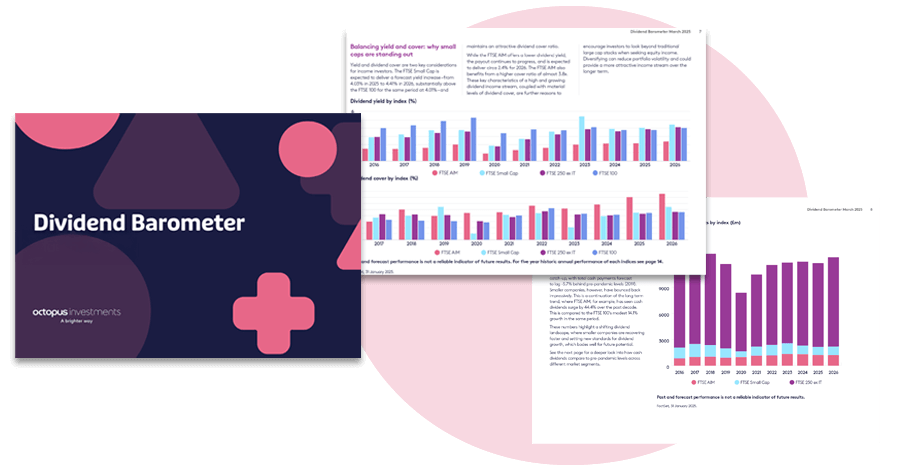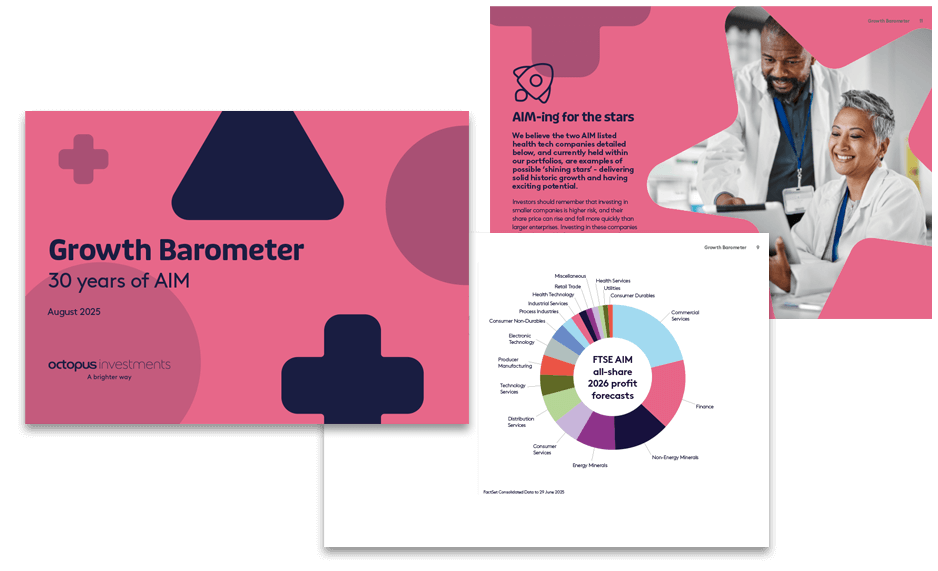Go back to EIS guide
EIS investment risks
EIS investment risks
Investing in early-stage, EIS-qualifying companies is unpredictable and suited for investors who are comfortable with high risk.
What are the EIS investments risks?
1. Investors’ capital is at risk
EIS companies are early-stage businesses, so investments into these companies are high risk. Investments could fall in value, potentially to zero, and investors may not get back their investment.
2. Investments in smaller companies can be volatile
The shares of smaller companies could fall or rise in value – more than shares of larger, established companies.
3. Tax relief isn’t guaranteed
EIS tax reliefs, rates of tax and tax allowances are based on current legislation, with interpretation based on case law. The tax rules and HMRC’s interpretation could change in the future.
Tax reliefs depend on investors’ personal circumstances. There’s no guarantee that the companies invested in will maintain their EIS-qualifying status.
If a company loses its status within three years of investment, you may be asked to repay income tax relief claimed. Your tax reliefs will be withdrawn from that point onwards.
4. Exit opportunities are limited
EIS shares are unquoted (shares listed on AIM are unquoted for these purposes). They may be harder to sell than shares listed on the main market of the London Stock Exchange.
The minimum holding period for a number of the EIS tax reliefs is three years from the date of investment into each company. But investors should be prepared to hold their investment for a long period, potentially ten years or more.





